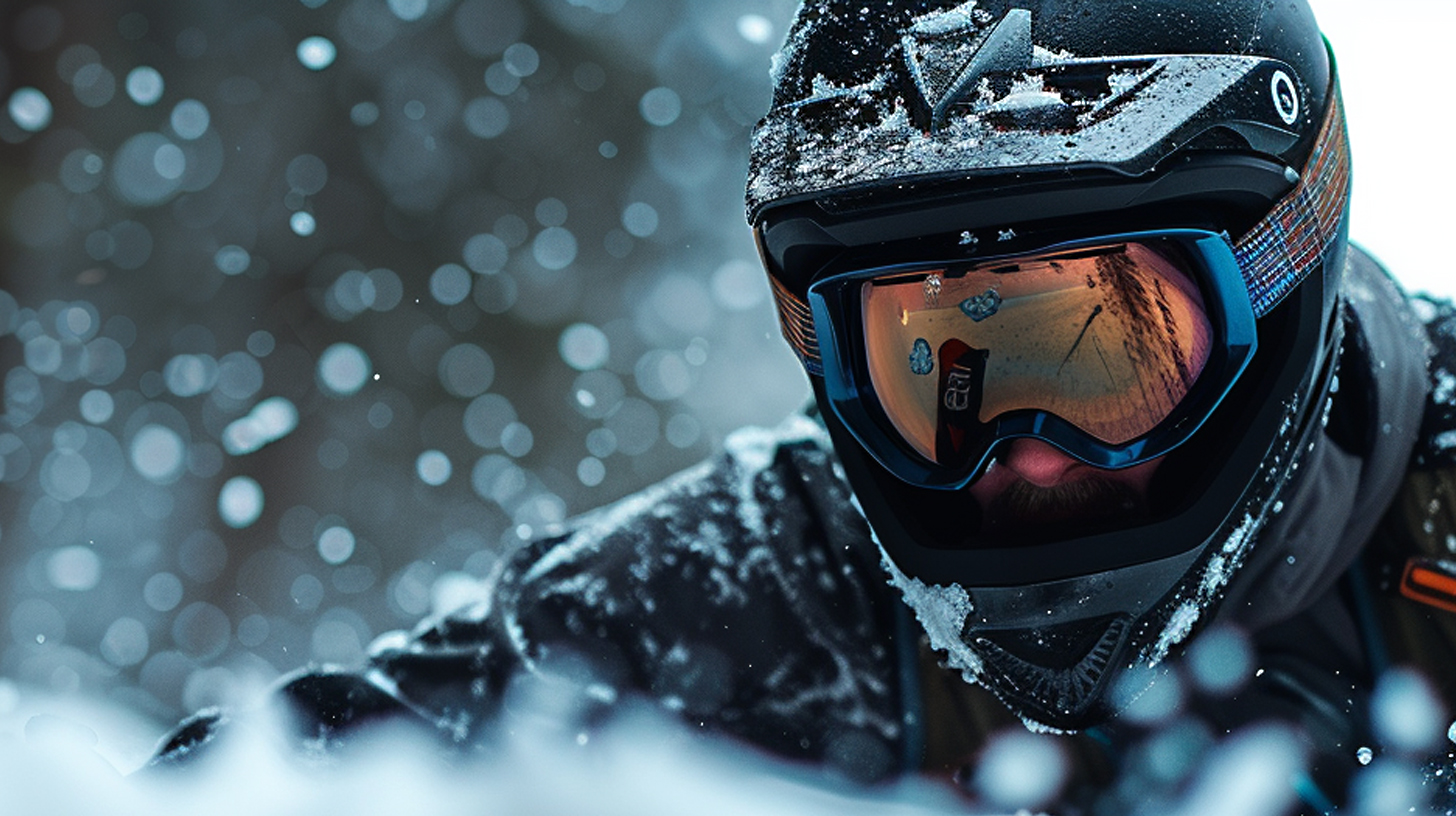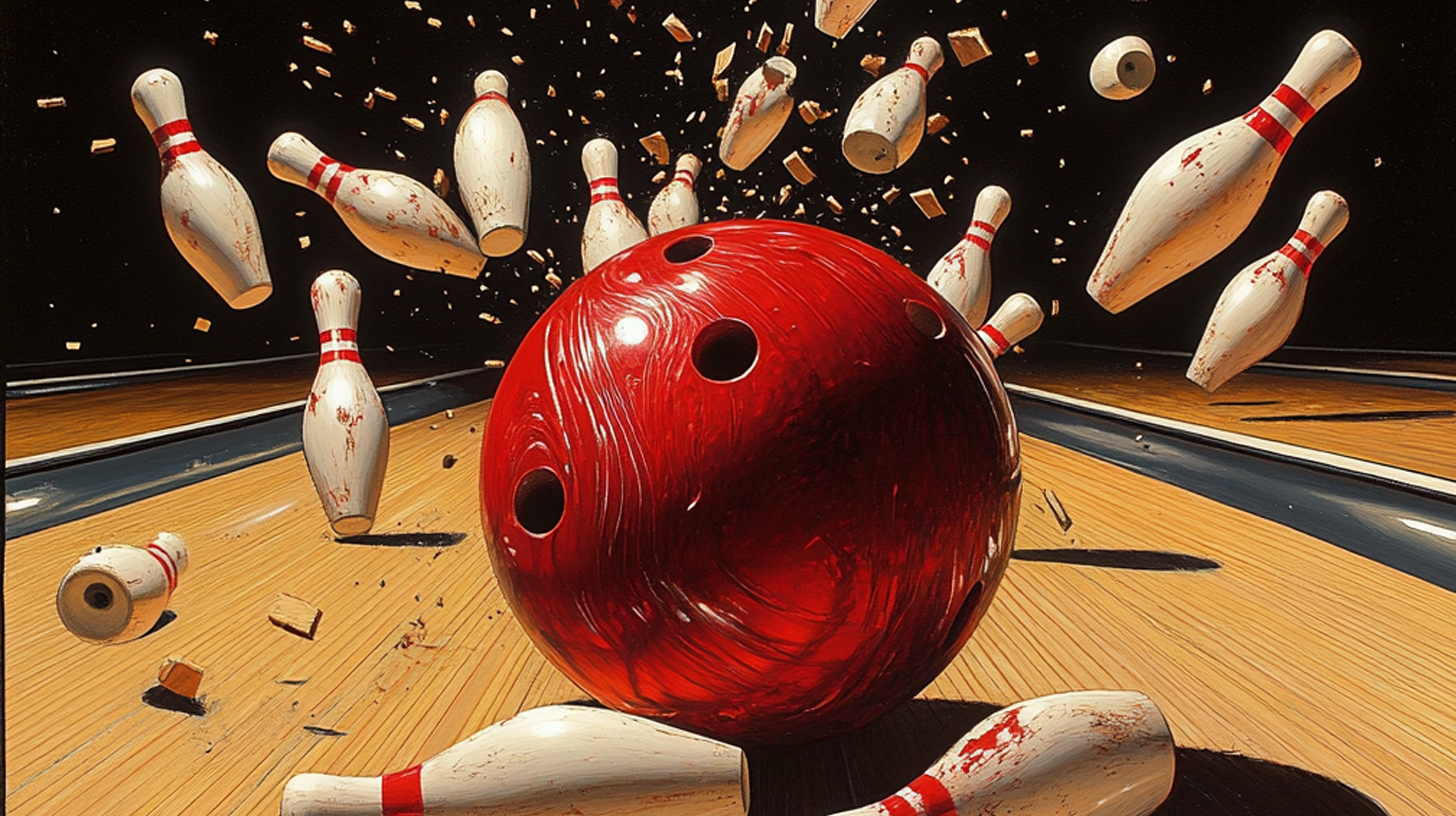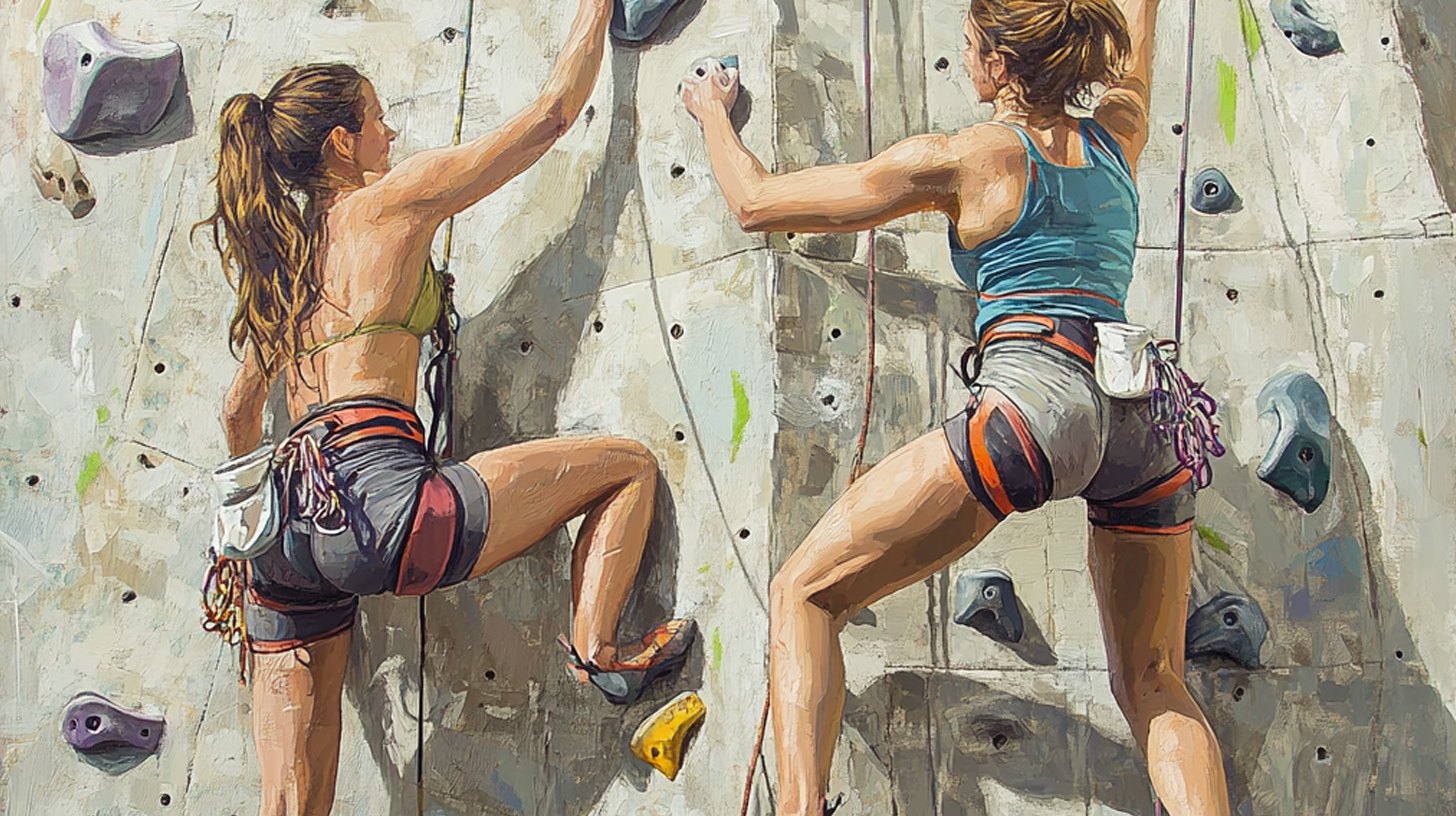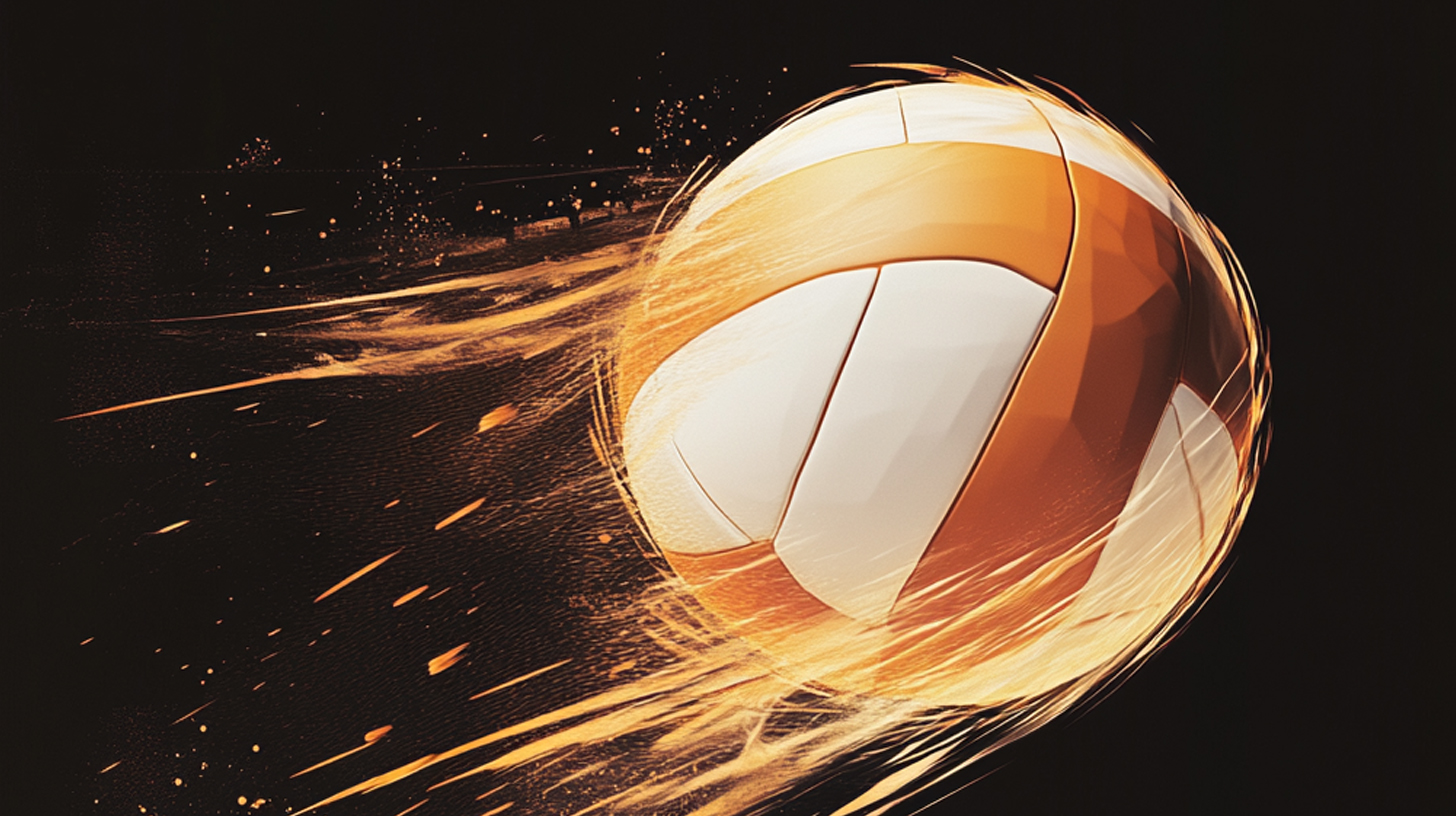Extreme recreational sports have gained immense popularity in recent years, attracting thrill-seekers and adrenaline junkies from all walks of life. These high-octane activities push the boundaries of traditional sports, offering participants an unparalleled rush and a unique way to challenge themselves physically and mentally.
From skydiving and bungee jumping to wingsuit flying and free solo climbing, the world of extreme sports continues to evolve, introducing new and exciting ways for enthusiasts to test their limits. Adventure sports like whitewater kayaking, big wave surfing, and ice climbing have also seen a surge in interest, as people seek out more intense experiences in nature.
The appeal of these thrill-seeking hobbies lies not only in the adrenaline rush but also in the sense of accomplishment and personal growth that comes with conquering fears and pushing oneself to new heights. As technology advances, extreme sports enthusiasts are finding innovative ways to enhance their experiences, such as using action cameras to capture and share their adventures with the world.
While extreme recreational activities come with inherent risks, proper training, safety measures, and equipment have made these sports more accessible to a wider audience. As the popularity of adrenaline sports continues to rise, we can expect to see even more exciting and boundary-pushing activities emerge in the future.
Essential DIY Gear for the Budget-Conscious Adrenaline Junkie
For the thrill-seekers on a tight budget, creating your own adventure gear can be both cost-effective and rewarding. Homemade sports equipment allows you to customize your gear to your exact specifications while saving money. Start with simple projects like crafting your own climbing chalk bag using old jeans and a drawstring, or fashioning a bike frame bag from waterproof fabric and Velcro straps. DIY adventure gear extends to more complex items too; consider building your own longboard using plywood and truck components, or sewing a lightweight backpack from ripstop nylon. Budget-friendly gear options also include upcycling old equipment, such as turning worn-out wetsuits into waterproof bags or repurposing ski poles into trekking poles. With some creativity and basic crafting skills, you can produce custom sports accessories tailored to your specific needs and style. Remember to always prioritize safety when creating DIY gear, especially for high-risk activities, and consult experts or experienced enthusiasts for guidance on critical equipment.
Crafting Your Own Climbing Gear: Safety Meets Creativity
Crafting your own climbing gear can be an exciting and cost-effective way to personalize your climbing experience. However, it’s crucial to prioritize safety when considering DIY climbing equipment. While certain items like custom chalk bags and climbing brushes are relatively safe to make at home, critical safety gear such as harnesses and ropes should always be purchased from reputable manufacturers.
For budget-conscious climbers, creating homemade accessories can be a great way to save money without compromising safety. Custom chalk bags, for instance, can be easily made using durable fabric, a drawstring closure, and a bit of creativity. This allows climbers to express their personal style while keeping their hands dry during climbs.
Another area where DIY skills can shine is in the creation of training tools. Hangboards and campus boards can be constructed at home using wood and climbing holds, providing an excellent way to improve grip strength and finger power without breaking the bank.
It’s important to note that while DIY climbing gear can be a fun and rewarding project, it should never replace professionally manufactured safety equipment. Always invest in high-quality, certified harnesses, ropes, and protection devices to ensure your safety on the rocks. By combining store-bought essentials with homemade accessories, climbers can enjoy a personalized climbing experience without compromising on safety standards.
Skateboarding on a Shoestring: Building Your Own Board and Ramps
Building your own skateboard and ramps can be an exciting and cost-effective way to dive into the world of skateboarding. DIY skateboards allow for custom skateboard design, enabling riders to create a unique board tailored to their style and preferences. Start by sourcing quality wood for the deck, such as maple or bamboo, and experiment with different shapes and sizes. Upcycled skate gear can be incorporated into your design, giving new life to old trucks, wheels, or bearings.
When it comes to homemade skate ramps, creativity is key. Simple materials like plywood, 2x4s, and screws can be transformed into functional ramps for practicing tricks. Begin with smaller projects like quarter pipes or grind boxes, gradually working your way up to more complex structures. Always prioritize safety by ensuring your ramps are sturdy and well-constructed.
By embracing the DIY approach, skateboarders can not only save money but also gain a deeper appreciation for their equipment and the sport itself. The process of creating your own gear fosters a sense of accomplishment and allows for continuous improvement as you refine your designs and building techniques.
Extreme Water Sports: DIY Surfboards and Stand-Up Paddleboards
Extreme water sports enthusiasts are increasingly turning to DIY solutions for their surfboards and stand-up paddleboards (SUPs). Creating homemade surfboards and DIY SUPs not only allows for customization but also offers a budget-friendly alternative to expensive store-bought options.
The process of crafting custom water sports equipment begins with selecting the right materials, such as foam blanks, fiberglass cloth, and epoxy resin. Many online resources and tutorials guide novice builders through the shaping, glassing, and finishing stages. This hands-on approach enables water sports lovers to tailor their gear to specific preferences, whether it’s board length, rocker profile, or fin setup.
DIY water gear isn’t limited to boards alone. Enthusiasts are also creating their own paddles, leashes, and even wetsuits. This trend towards homemade equipment fosters a deeper connection between the rider and their gear, while also promoting sustainability by reducing waste and extending the lifespan of materials.
While building your own surfboard or SUP requires time and patience, the satisfaction of riding a wave on your own creation is unparalleled. Moreover, the skills acquired during the DIY process can lead to future modifications and repairs, further enhancing the longevity of your budget-friendly water gear.
Winter Thrills: Crafting Your Own Snowboarding and Skiing Accessories
Winter sports enthusiasts know that having the right gear can make all the difference on the slopes. While professional equipment is readily available, crafting your own snowboarding and skiing accessories can be both cost-effective and rewarding. DIY ski gear allows you to personalize your equipment while potentially saving money on expensive store-bought items.
One popular homemade snowboard accessory is the custom grip pad. Using marine-grade non-slip tape and a template of your board, you can create a unique and functional top sheet that enhances board control. For skiers, handmade pole grips using paracord or leather can provide a comfortable, personalized touch to your gear.
Custom winter sports equipment doesn’t stop at the basics. Consider creating your own goggle strap covers for added comfort, or design unique helmet stickers to stand out on the slopes. Budget-conscious riders can even make their own wax scraper using old credit cards or plastic rulers.
For those looking to save on snow gear without compromising quality, repurposing everyday items can yield surprising results. Old snowpants can be transformed into mittens, while waterproof gaiters can be crafted from durable fabric scraps. These DIY projects not only help reduce costs but also allow for creative expression in your winter sports attire.
Remember, while homemade accessories can enhance your experience, it’s crucial to prioritize safety. Always ensure that any DIY equipment meets necessary safety standards and doesn’t compromise the integrity of your core gear.
The Art of Bike Customization for Mountain Biking and BMX
Bike customization has become increasingly popular among mountain biking and BMX enthusiasts, offering riders the opportunity to personalize their rides and enhance performance. DIY bike modifications allow cyclists to tailor their bikes to specific needs and preferences, often at a fraction of the cost of high-end models.
For BMX riders, custom BMX parts play a crucial role in achieving the perfect setup. From lightweight frames to specialized handlebars and grips, these components can significantly impact trick execution and overall riding experience. Many riders opt for aftermarket parts to improve durability and aesthetics, creating a unique look that stands out at the skate park.
Mountain bikers, on the other hand, often focus on homemade mountain bike accessories to tackle challenging terrains. These can include custom-built mudguards, frame protectors, and even specialized tool holders. Such additions not only enhance the bike’s functionality but also demonstrate the rider’s ingenuity and passion for the sport.
Budget bike upgrades are an excellent way for riders to improve their bikes without breaking the bank. Simple modifications like upgrading pedals, installing a new saddle, or switching to tubeless tires can significantly enhance comfort and performance. Additionally, many cyclists find satisfaction in learning new mechanical skills through these DIY projects.
As the biking community continues to grow, the art of bike customization remains an integral part of the culture, allowing riders to express their creativity and push the boundaries of what’s possible on two wheels.
Safety First: DIY Protective Gear for Extreme Sports
When it comes to extreme sports, safety should always be a top priority. While professional-grade protective gear is ideal, budget constraints or personal preferences might lead enthusiasts to explore DIY options. However, it’s crucial to approach homemade protective equipment with caution and thorough research.
DIY helmets, for instance, can be customized to fit perfectly, but they require careful construction using impact-resistant materials and proper cushioning. Custom padding for elbows, knees, and other vulnerable areas can be crafted using high-density foam and durable fabrics, offering a personalized fit at a fraction of the cost of store-bought alternatives.
For those seeking budget-friendly safety gear, repurposing items like skateboard helmets for other sports or reinforcing existing equipment with additional padding can be effective. However, it’s essential to test DIY gear thoroughly before use and understand its limitations.
While homemade protective equipment can be a creative solution, it’s important to note that professionally manufactured gear undergoes rigorous safety testing. When possible, invest in certified protective gear for optimal safety in extreme sports.
Maintenance and Care: Keeping Your DIY Gear in Top Shape
Proper maintenance and care are crucial for extending the lifespan of your DIY gear and ensuring optimal performance. Regular cleaning is the first step in preserving your homemade equipment. Remove dirt, dust, and debris after each use, paying special attention to moving parts and joints. For metal components, apply a thin layer of protective oil to prevent rust and corrosion.
Inspect your gear frequently for signs of wear and tear. Address any issues promptly to prevent further damage. This may involve tightening loose screws, replacing worn-out parts, or reinforcing weak areas. Store your DIY equipment in a cool, dry place away from direct sunlight to avoid material degradation.
For fabric-based items, gentle hand washing or spot cleaning is often sufficient. Always allow gear to dry completely before storage to prevent mold and mildew growth. Consider creating a maintenance schedule to keep track of when each piece of equipment needs attention.
By implementing these gear maintenance tips, you’ll not only extend the lifespan of your DIY creations but also ensure they remain safe and reliable for continued use. Remember, a little preventive care goes a long way in preserving your homemade gear and maximizing its value.
Embracing the DIY Spirit in Extreme Rec Sports
As we wrap up our exploration of extreme recreational sports, it’s clear that the DIY spirit is an integral part of this thrilling world. Embracing this ethos not only enhances your skills and knowledge but also deepens your connection to the sport you love. By taking on projects like customizing gear, building ramps, or creating your own training equipment, you’re not just participating in the sport – you’re actively shaping your experience and contributing to the community.
Remember, the DIY approach isn’t just about saving money; it’s about fostering creativity, problem-solving, and self-reliance. These qualities are invaluable in extreme sports, where adaptability and quick thinking can make all the difference. Moreover, the sense of accomplishment you’ll feel when using something you’ve created or modified yourself is unparalleled.
As you continue your journey in extreme recreational sports, we encourage you to seek out opportunities to apply your DIY skills. Join online forums, attend local meetups, and don’t be afraid to experiment. Your unique ideas and creations might just inspire others or even lead to innovations in the sport.
Ultimately, the DIY spirit in extreme rec sports is about pushing boundaries, both in the sport itself and in how we approach it. So go ahead, get your hands dirty, learn from your mistakes, and most importantly, have fun while doing it. The world of extreme sports is yours to shape – one DIY project at a time.





